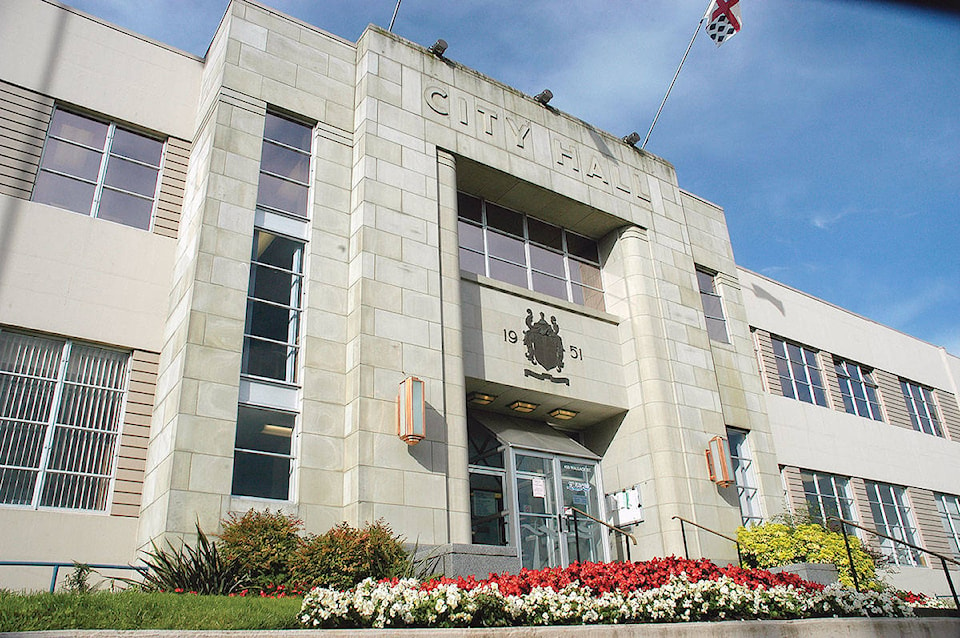Residents can expect a one-per cent annual tax hike to continue as the city looks to cover off a funding shortfall for aging assets.
Nanaimo city councillors supported a one-per cent tax for assets at a finance and audit committee meeting last month, after city staff shared a 20-year investment plan and five-year asset management update, showing the state of infrastructure to expected future costs and shortfalls. The tax increase is included in an amended five-year financial plan bylaw, set to go to council during Monday’s meeting.
Nanaimo has $3 billion in assets, such as water utilities and parks amenities, with 88 per cent in good or very good condition. Seven per cent is in fair condition and five per cent are poor or very poor.
According to the investment plan, over the next 20 years the city expects its infrastructure will require a $1.1-billion investment with current funding strategies providing for $794 million. That leaves a funding shortfall of $258 million, with $117 million due to development cost charges for new and upgraded infrastructure because of growth.
City staff recommend council continue a one-per cent annual tax increase for its asset management reserve until 2022 to help address the shortfall, and complete a development cost charges review, which proposes an increase in rates. The city is also working on a policy and strategy for asset management.
It’s not the first time the city has mapped out its infrastructure. The city began with a review of engineering and public works before doing a full review of current infrastructure in 2012. It found a $100-million funding gap in its general fund that triggered the initial round of one-per cent annual tax increases for its reserve.
Continuing that tax hike would see approximately $10 million put into the reserve after five years, according to Deborah Duncan, city manager of financial planning, who pointed out that the city uses the money every year, but also knows its infrastructure is still fairly young and wants to build the reserve for when it knows higher infrastructure renewal will be needed 10-20 years from now.
It provides a sustainable funding source for asset renewal and new infrastructure and reduces the impact on property taxes, she said.
“Let’s say we have a really, really big renewal project planned and usually if they’re larger they will be over more than one year … well, if we don’t have the money in the reserve we’ll have to raise property taxes to fund it,” she said, adding the city also knows renewal programs will need to increase as infrastructure grows and ages over time. “This helps make the impact on property taxes more predictable and more gradual.”
Coun. Bill Bestwick said that one per cent hasn’t hurt as Nanaimo is further ahead of many communities.
“The appetite will only be whether or not we increase it from one per cent,” he said, adding he doesn’t think the tax will ever be decreased.
